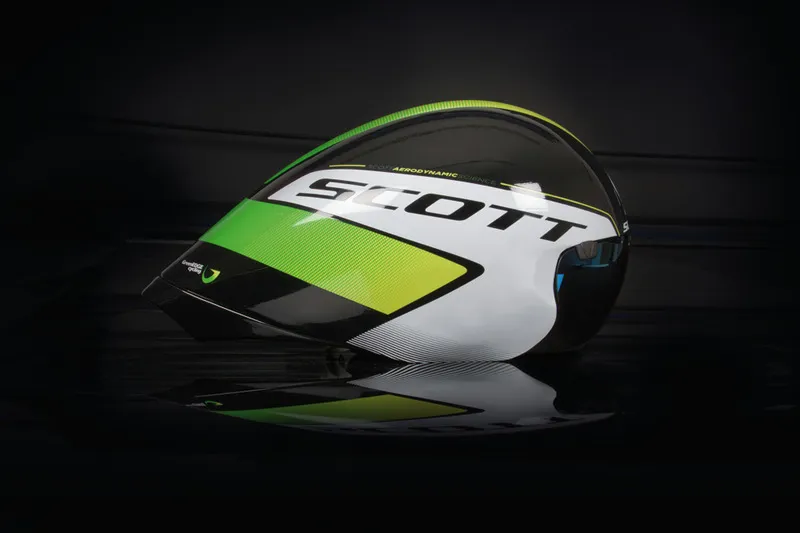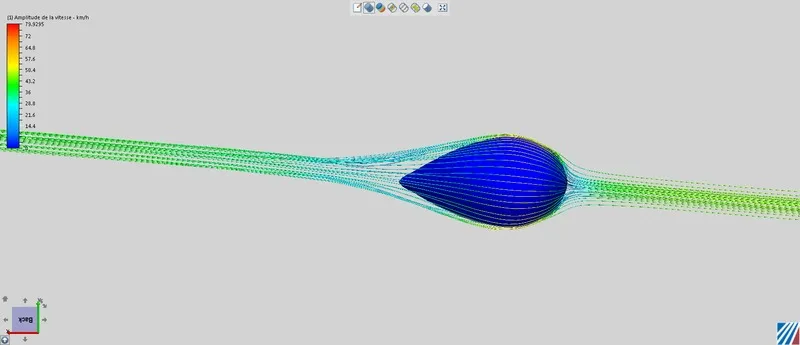Team GreenEdge came out swinging to take the team time trial at Tirreno-Adriatico, which was the first major European win for the Australian team that was on hold last year. The victory served GreenEdge and sponsor Scott well, highlighting the new Split aero helmet.
The whole team used the Split helmet along with the Scott made visor in Italy. GreenEdge will use the Split for the entirety of the 2012 season, but, Scott say, they won’t officially release the helmet to riders until EuroBike this September. Following that launch, Scott will offer the helmet for sale in the spring of 2013.
Scott say the helmet has a target price of US$209.99 without the visor and $299.99 with the European made optical visor (roughly £135 to £190; €160 to €230, based on the US target). Preproduction team samples of the Split weigh 345g without the shield, according to Scott.
Prototypes are already CPSC rated, and will be used by Scott’s triathletes in US competition this season. “It’s important to know that time trial is a stage where a lot of important equipment is developed so that we can go win pro races,” Adrian Montgomery, Scott’s US marketing director told BikeRadar. “But the market is still triathlon — [they’re the ones who benefit.]”
The Split helmet was developed over the course of two years, and Scott’s engineers used the year GreenEdge sat on the bench, and out of top tier World Tour competition, to further refine the aero design.
The team gave Scott engineers set of objectives to meet in their design of the new helmet, including: the lowest drag coefficient possible, an advanced optical solution in the form of a fully integrated visor, a dynamic ventilation system, and an adjustable, comfortable fit.
Unable to load media
Scott's own video introduction of the Split aero helmet
Scott and GreenEdge spent time at the Australian Institute of Sports undergoing extensive wind tunnel testing to prove the helmet’s shape with regard to both aerodynamics and rider integration.
Scott say the wind tunnel testing provided holistic, real world data for each design iteration, and ensured that the final Split shape met the team’s requirements. Engineers also used the wind tunnel to design and prove the Split’s Air Control Cooling system of internal channeling that is said to effectively draw air through intake vents, over a rider’s head and out the rear exhaust ports.
Finally Scott also developed a seamlessly integrated ‘clip in’ optical shield, which, they say, further improves the aerodynamics of the overall design. They claim it was also developed and proven in the wind tunnel, and they will offer three shields, with 93-, 68-, and 15-percent light transmission levels, initially.

Scott will offer three shields with 93-, 68-, and 15-percent light transmission levels













